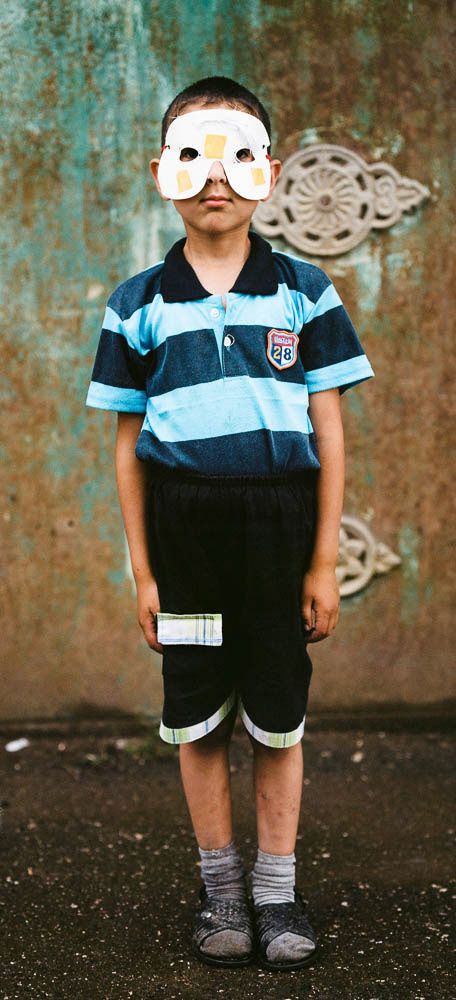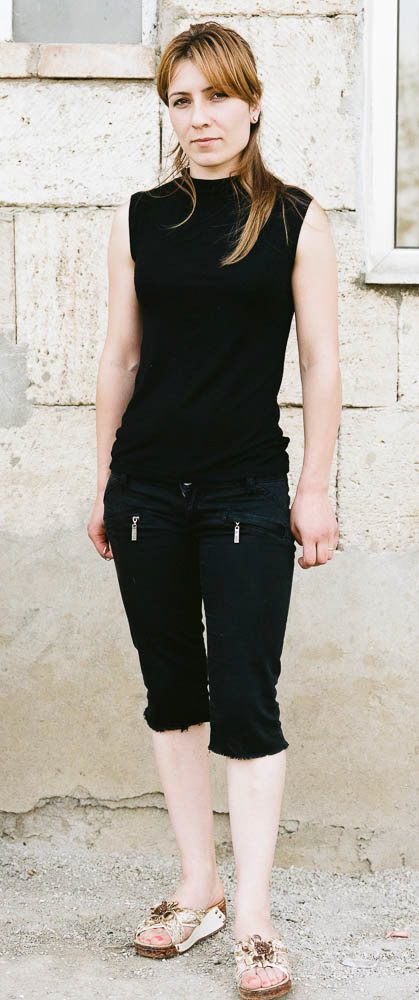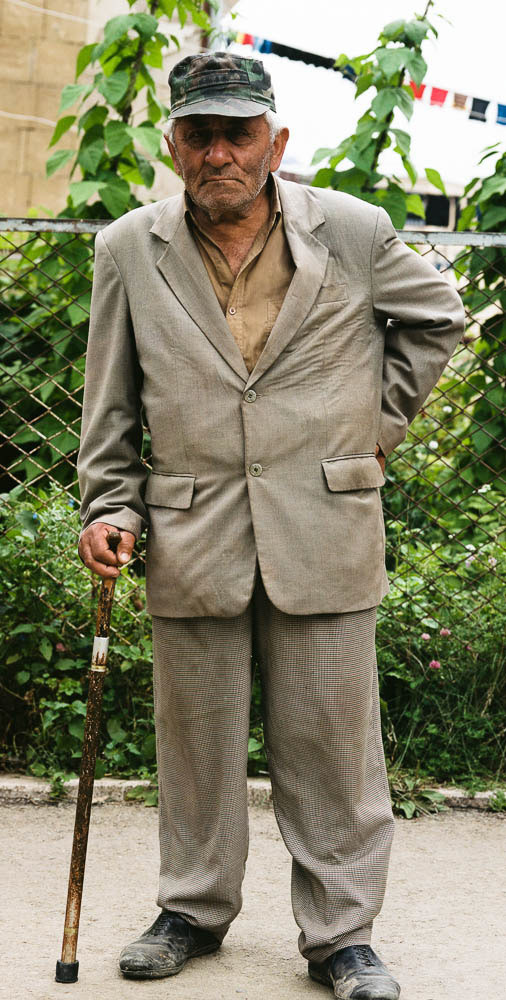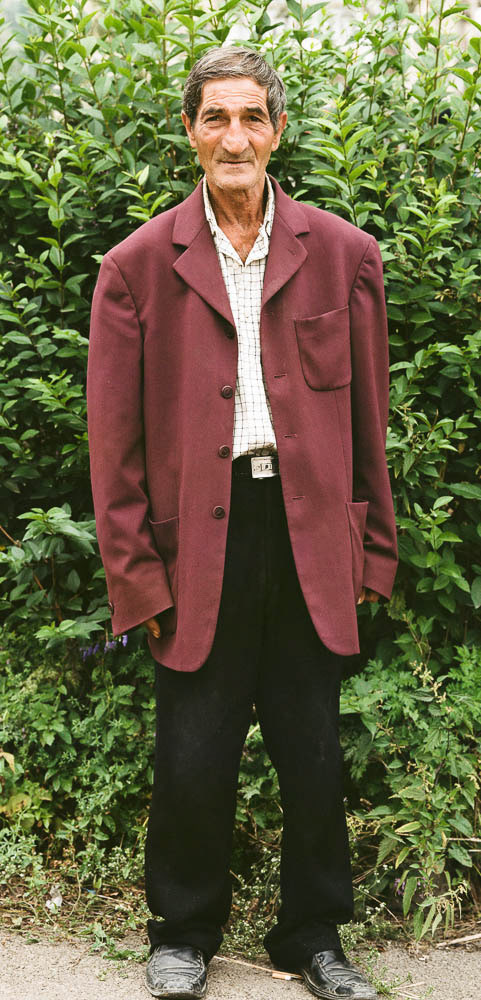The (Re)population Project is a site-specific installation that addresses the issue of depopulation and (re)population in the world.
The first in the series is the (re)population of Shushi, a town in the Nagorno-Karabagh region of the former Soviet Union. A town where Armenians and Azeris lived together for decades but after a devastating war of independence two decades ago, the town now is only populated by Armenians. But only partially.
For two decades, Shushi has remained a kind of post-war ghost town–only semi-populated and its skyline dotted by burned-out and skeletal remains of buildings. Shushi’s return to a normally functioning city and civic society is a long-standing unresolved issue.
The (Re)population Project imagines a new Shushi. The portraits in the (Re)population installation are of current Shushi residents who themselves have resettled to Shushi after the war from other regions. The images become the new residents of this abandoned building and represent the re-vitalization of a major public remnant of war. They symbolically reintegrate the building back into civic life and they imagine the actual (re)population of the building.
By (re)populating one building, the (re)population of all of Shushi as well as all of Karabagh/Artsakh is imagined. The (re)population of Armenia itself is also imagined—a country suffering a huge wave of depopulation for over two decades now. And also imagined is the (re)population of all other peoples who have forcibly or by necessity depopulated lands and homes they used to live in: Palestine, Western Armenia, Eastern Europe and all across the globe.
Part of the Shushi Art Project, Land and Technology, Art biennial. Curated by Harry Vorperian. Held in Shushi, Nagorno-Karabagh, October 1 – 14, 2012.
Archival prints on fabric, wire, 2012











